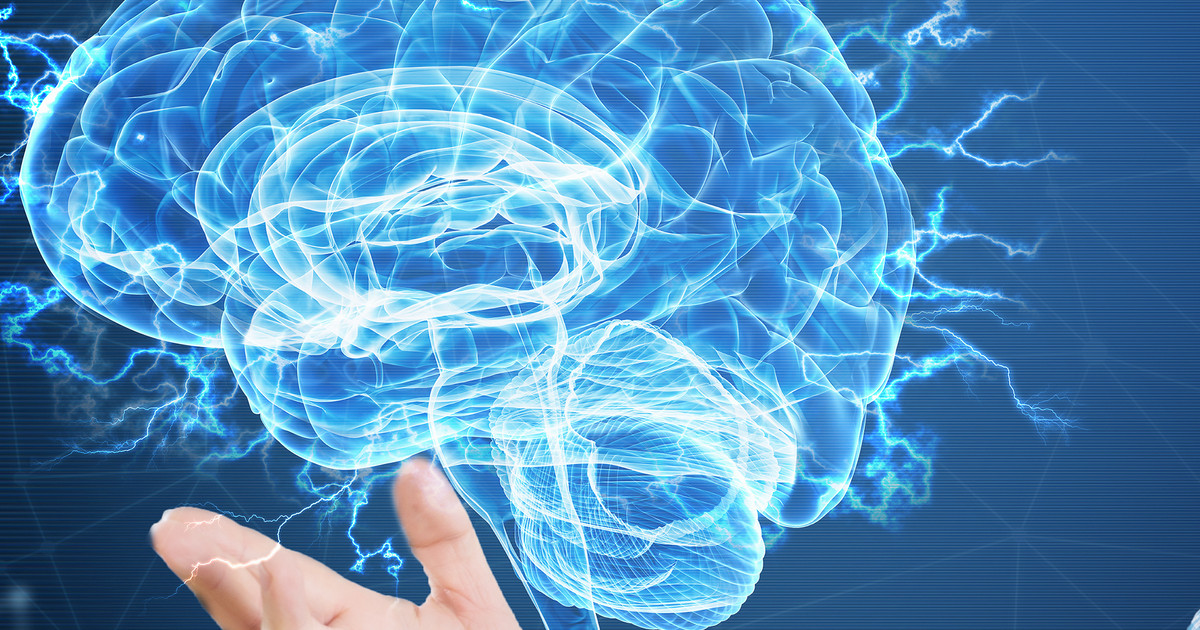Understanding The Causes And Risk Factors For Post-Traumatic Stress Disorder
Post-traumatic stress disorder (PTSD) occurs when an individual experiences a traumatic event and following the event, they may experience differences in their emotional responses, heightened anxiety, flashbacks, obsessive thoughts about the event, and other symptoms. The symptoms may start a few days or weeks after the event, but there have been cases where it's years before symptom onset. PTSD is famously seen in war veterans, but nearly a third of the population is estimated to experience at least one traumatic event in their lifetimes. The actual prevalence of post-traumatic stress disorder is much higher and can occur in anyone. Understanding the causes of PTSD and the risk factors for developing this mental illness will help everyone recognize the symptoms and receive treatment faster.
Stressful Event

The diagnostic criteria for post-traumatic stress disorder specify that an individual can experience symptoms following a single stressful event. However, they might also experience symptoms if they've been exposed to a pattern of stressful or traumatic events. There are several different types of trauma. Sexual and physical assault are two of the most common causes of post-traumatic stress disorder. Emotional abuse and mistreatment can also cause PTSD to develop, particularly in children. Children who experience neglect are more likely to have trauma-induced behaviors later in life, which may include the development of post-traumatic stress disorder. Illnesses, serious accidents, and frightening medical procedures have also been known to cause PTSD symptoms. Some individuals, particularly children, may develop post-traumatic stress disorder as a result of witnessing domestic violence in their household. It's also possible to develop PTSD after witnessing violence in the community. School violence like fistfights or school shootings can also trigger the development of post-traumatic stress disorder. Some of the other most common reasons include war, political violence, terrorism, natural disasters, forced moving from home, the traumatic loss of a loved one, or trauma caused by the foster care system.
Get familiar with more causes and risk factors for post-traumatic stress disorder now.
Family History Of Mental Health Issues

Studies have shown a family history of mental health issues will contribute to an individual's likelihood of developing PTSD after a traumatic event. Substance use disorders and mental illnesses both appear to increase the risk. In addition, studies have shown experiencing or witnessing the mental health problems or substance use disorders of family members can in itself lead to post-traumatic stress disorder symptoms. One study showed individuals who had witnessed a physical assault had twice the chances of developing PTSD when someone in the family also had mental health or substance use issues. For this reason, patients need to talk to their doctor about any family history of mental illness. This includes whether anybody in their family has a substance use problem; experiences depression, anxiety, or other mood disorders; has a personality disorder; or experiences psychotic symptoms. All of these things can increase the risk of post-traumatic stress disorder because of how they affect both an individual's responses growing up and their genetic brain chemistry.
Read more about what can increase the risk of developing PTSD now.
Chemical And Hormonal Issues

In the past, the reasoning behind symptoms of post-traumatic stress disorder wasn't well-known. However, more and more research is showing PTSD patients have altered brain chemistry. When the brain witnesses the traumatic event, it goes into a heightened state of awareness. Even when the event is over, the brain continues to send out these panic signals. It's a defense mechanism in overdrive. Some individuals may find they won't experience symptoms until after leaving an abusive or unstable environment because of how their brain was compartmentalizing the experience. Post-traumatic stress disorder is characterized by a huge number of chemical and hormonal issues. The biggest hormone change is in cortisol production. Cortisol is the body's stress hormone, and PTSD patients tend to have elevated levels of it even in safe situations. These elevated cortisol levels can, in turn, lead to too many myelin cells being produced, and too few neurons being produced. The changes alter the entire structure and functioning of the brain. This is part of why constant stress also has an impact on an individual's memory and ability to learn.
Get more information on what can increase someone's risk of developing post-traumatic stress disorder now.
Lack Of Support System

When recovering from any mental illness, a strong support system is one of the most vital components. With PTSD, it's even more important. Individuals with post-traumatic stress disorder need a support system to show them they are safe and have people they can rely on. The support system also gives them a place to go when they experience symptoms, which can increase feelings of being safe. Strong familial relationships and friendships are vital to combating post-traumatic stress disorder, particularly when it appears alongside other mental health conditions like bipolar disorder, depression, or substance use issues. A lack of support system only increases an individual's stress. If an individual's friends and family aren't supportive, they may feel driven to hide their symptoms and compartmentalize further. This doesn't mean the symptoms are gone, only that they aren't being expressed. Internalizing symptoms instead of expressing them can heighten an individual's risk of suicide. Additionally, a lack of support following trauma can also increase an individual's risk of developing post-traumatic stress disorder in the first place.
Keep reading to uncover more risk factors and causes associated with post-traumatic stress disorder now.
Long-Lasting Trauma

As stated, PTSD can be diagnosed after exposure to a single traumatic event, but some individuals experience ongoing trauma in their day-to-day lives. They might live in a household with domestic violence, witness community violence, experience minority stress, or live in an area affected by war or natural disasters. Those who experience ongoing traumatic events are significantly more likely to experience symptoms of post-traumatic stress disorder that might include alterations to their brain structure. Complex trauma syndrome isn't a diagnosis under the DSM-V, but some mental health practitioners talk about it differently than PTSD. Another name for the disorder is complex post-traumatic stress disorder, or C-PTSD. Although this also isn't included in the DSM-V, it specifies that an affected individual experiences PTSD-related symptoms following several ongoing traumas rather than a single event. The symptoms of long-lasting trauma can present differently from post-traumatic stress disorder in some ways. Most commonly, individuals may get 'stuck' in unhealthy patterns of behavior.